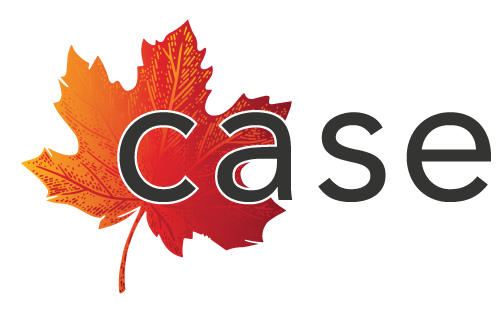HR Inclusive Policy Toolkit
Training
Please Note
Inclusive Workplace: What does it mean?
There are three aspects of inclusive training:
-
training all employees around how to work with people from a wide variety of identities, backgrounds and experiences, while identifying key concepts such as unconscious bias and microaggressions
-
training all employees on the organization’s inclusive policies and
-
ensuring any training courses or materials used in the workplace are accessible to all employees.
Why is it important?
- It is recognized that diverse and inclusive companies drive innovative results, experience greater profitability, and achieve increased long-term value creation.
- A regular cycle of training, seminars, and events that educate employees on the importance of diversity plays an important role in building an inclusive workplace, provides equal opportunities for advancement, and maintains a healthy and safe workplace.
- Educating and training employees on what inclusivity and anti-discrimination requires will reduce the risk that discrimination will occur in the workplace, and thereby reduce your legal risk as an employer. Failure to provide legislatively required training in your jurisdiction could also entail legal risk.
Sample Training Policy
The following policy sample should be part of a larger training and orientation policy. This larger policy should also address any legislatively mandated training requirements in your jurisdiction, the purpose of the policy, the scope of the policy’s application, who is responsible for administering which parts of the policy, and the procedures that must be followed under the policy.
[Name of Organization] is committed to training staff in [Name of Province]’s accessibility laws and aspects of the [Name of Human Rights Code that applies] that relate to people with disabilities. [Name of Organization] will train employees on accessibility as it relates to their specific roles.
Employment and advancement training courses will be available and accessible to all employees, including those with disabilities. Course manuals and materials will be modified where necessary.
Putting it into Practice
- In some regions there may be local organizations that can assist small business owners to train, support, and accommodate employees with disabilities at little or no cost to the employer. Click on the button below ‘Access a Free Consultation’, to find out more.
- Information provided during training sessions should be presented in multiple formats given the diverse learning needs of your employees.
- Inclusion training, discussions, and actions need to be ongoing. Change cannot be achieved from training alone. As with any form of behaviour change, it involves identifying opportunities to develop new habits, while equipping employees with skills and information.
- Use Hire for Talent’s Training guide at www.hirefortalent.ca
Additional Considerations
(Provincial differences, unionized workplace considerations)
- Check local legislation for any required human rights or employment training requirements.

